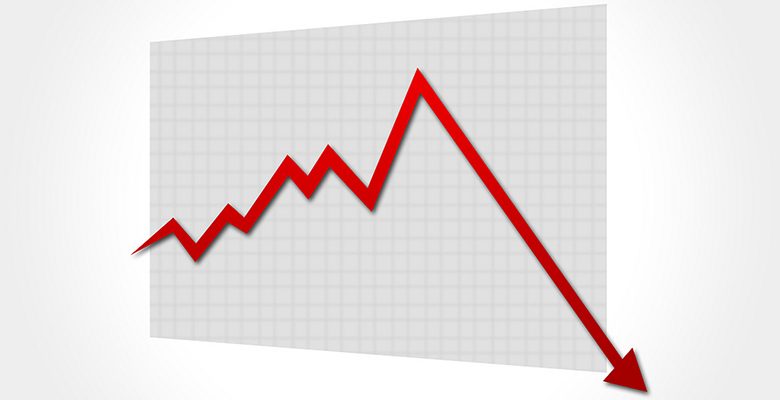There’s no work. People are losing their jobs. Scaling back expectations.
Well, it’s not just you. Even the high rollers are getting canned, according to this story in Technology Review.
At its height back in 2000, the U.S. cash equities trading desk at Goldman Sachs’s New York headquarters employed 600 traders, buying and selling stock on the orders of the investment bank’s large clients. Today there are just two equity traders left.
Automated trading programs have taken over the rest of the work, supported by 200 computer engineers. Marty Chavez, the company’s deputy chief financial officer and former chief information officer, explained all this to attendees at a symposium on computing’s impact on economic activity held by Harvard’s Institute for Applied Computational Science last month.
The experience of its New York traders is just one early example of a transformation of Goldman Sachs, and increasingly other Wall Street firms, that began with the rise in computerized trading, but has accelerated over the past five years, moving into more fields of finance that humans once dominated. Chavez, who will become chief financial officer in April, says areas of trading like currencies and even parts of business lines like investment banking are moving in the same automated direction that equities have already traveled.
But don’t feel too sorry for them. Most of those traders have million dollar nest eggs to fall back on. They’re not likely to be working a sign on the corner any time soon.
When we can get the robots to replace local government then we’ll be way ahead.

